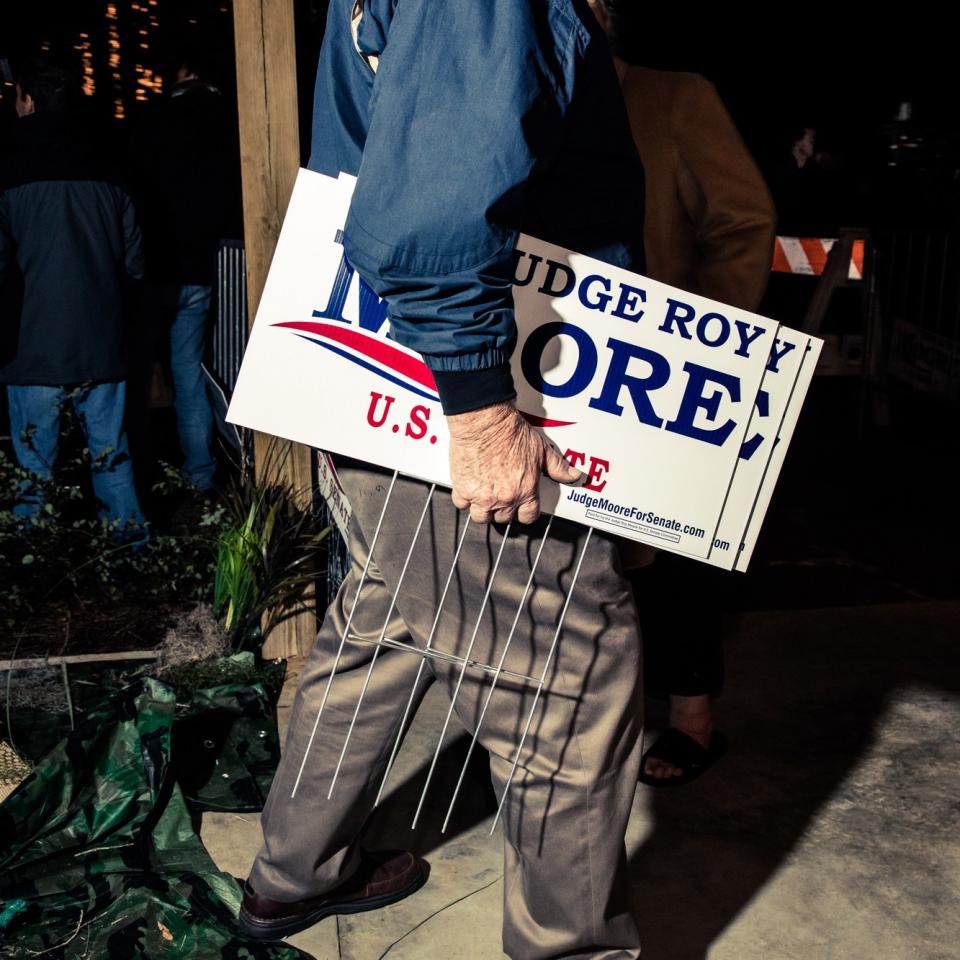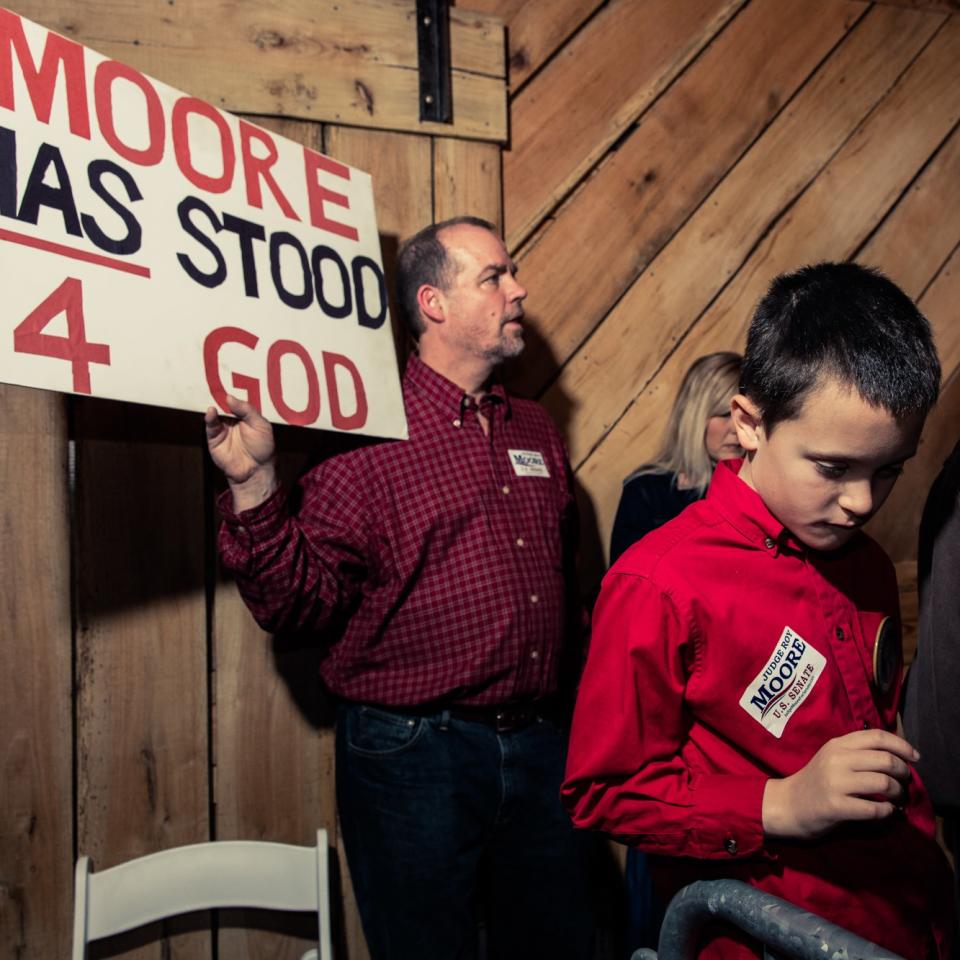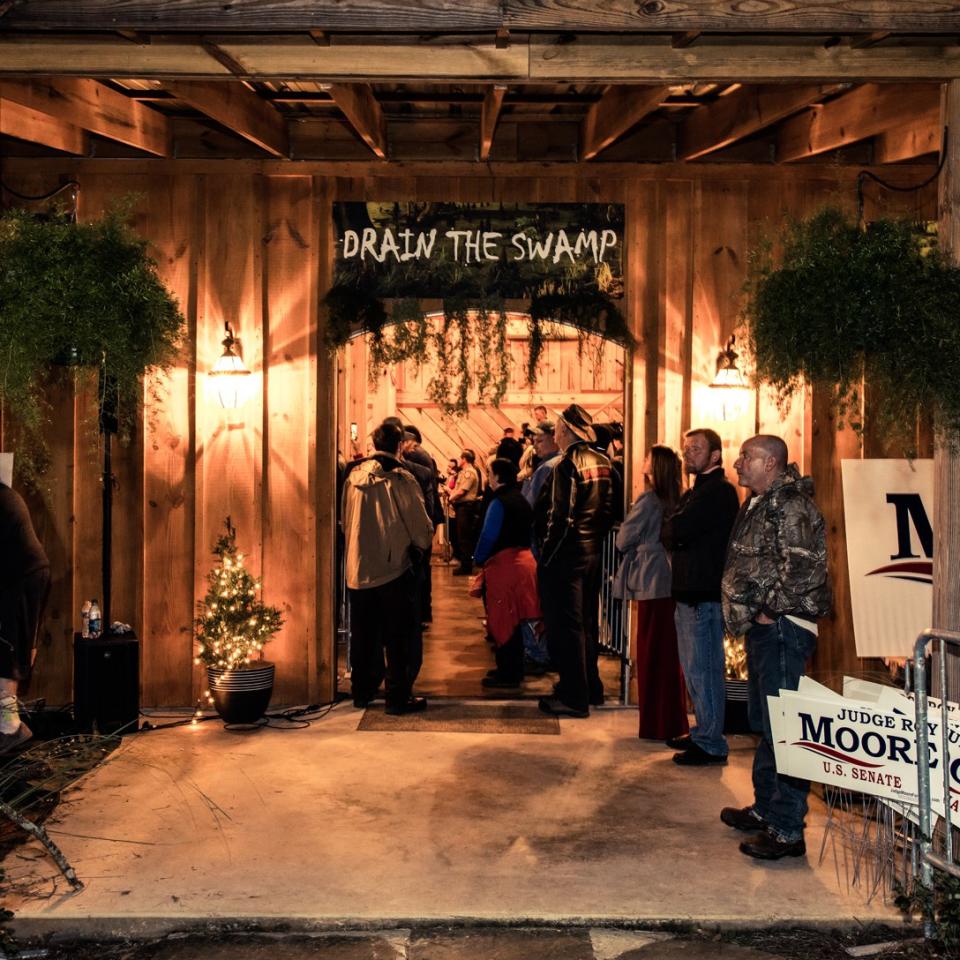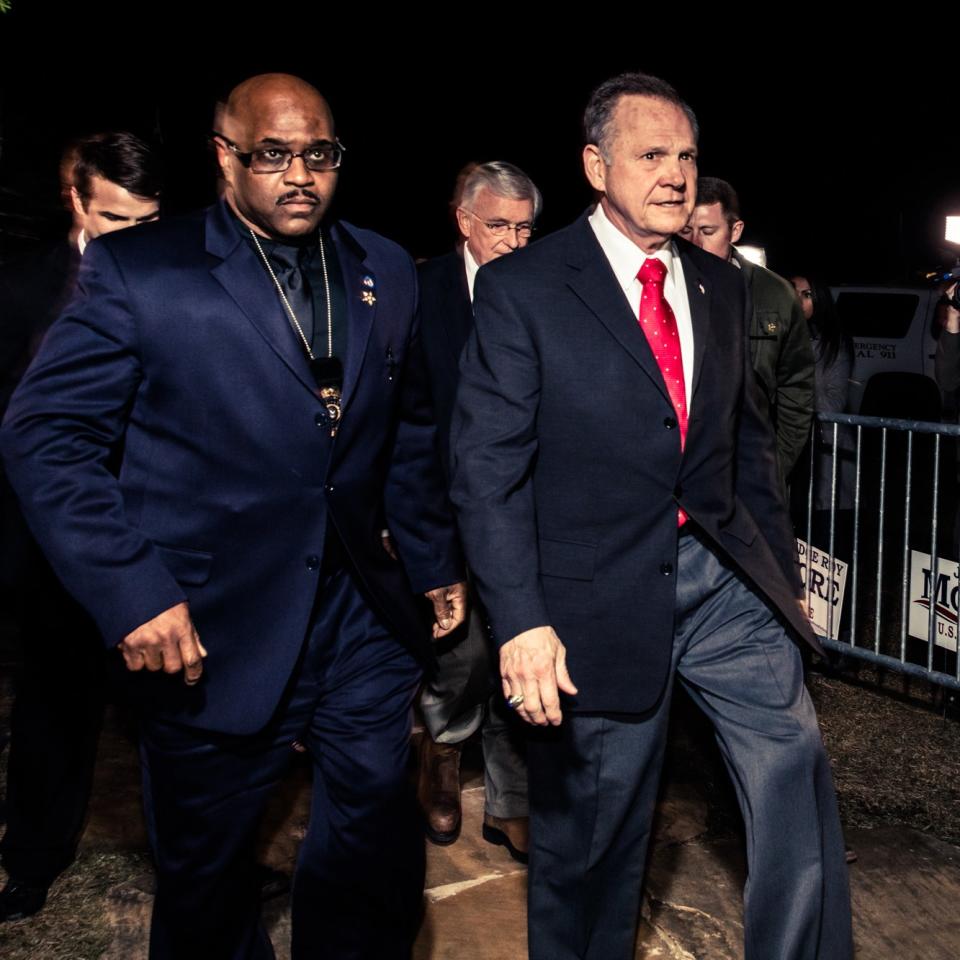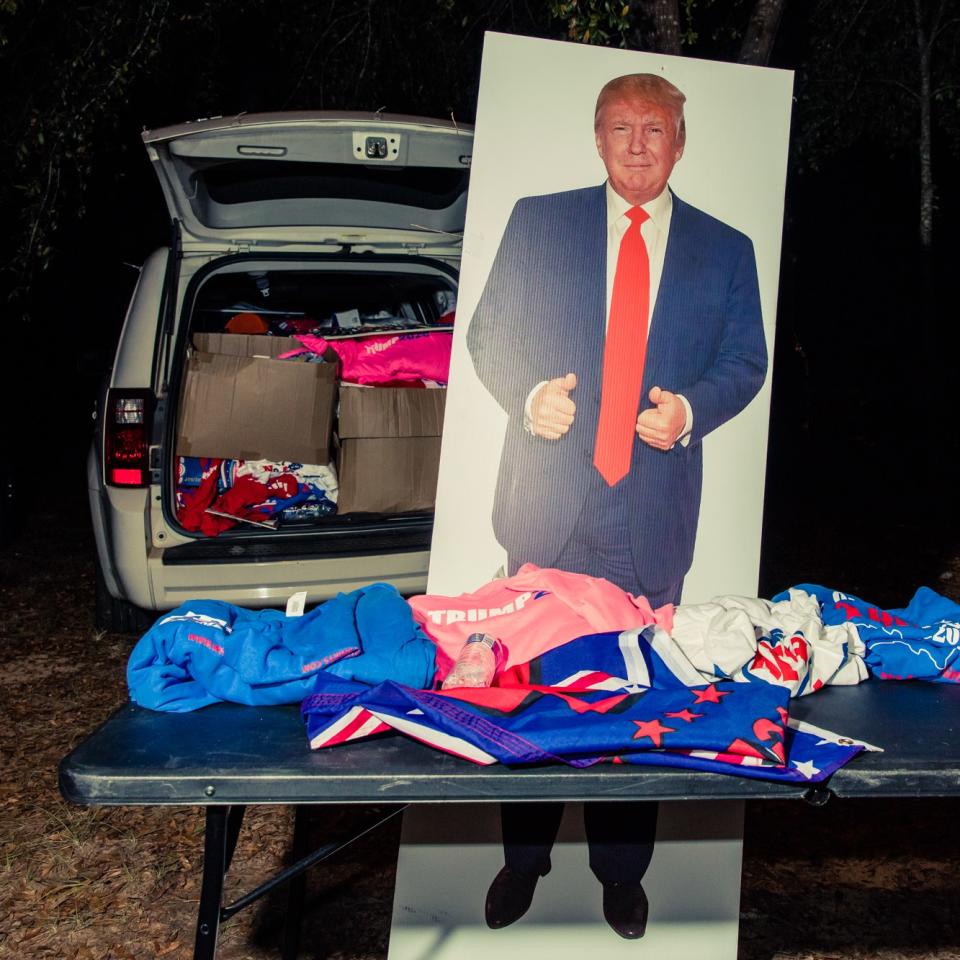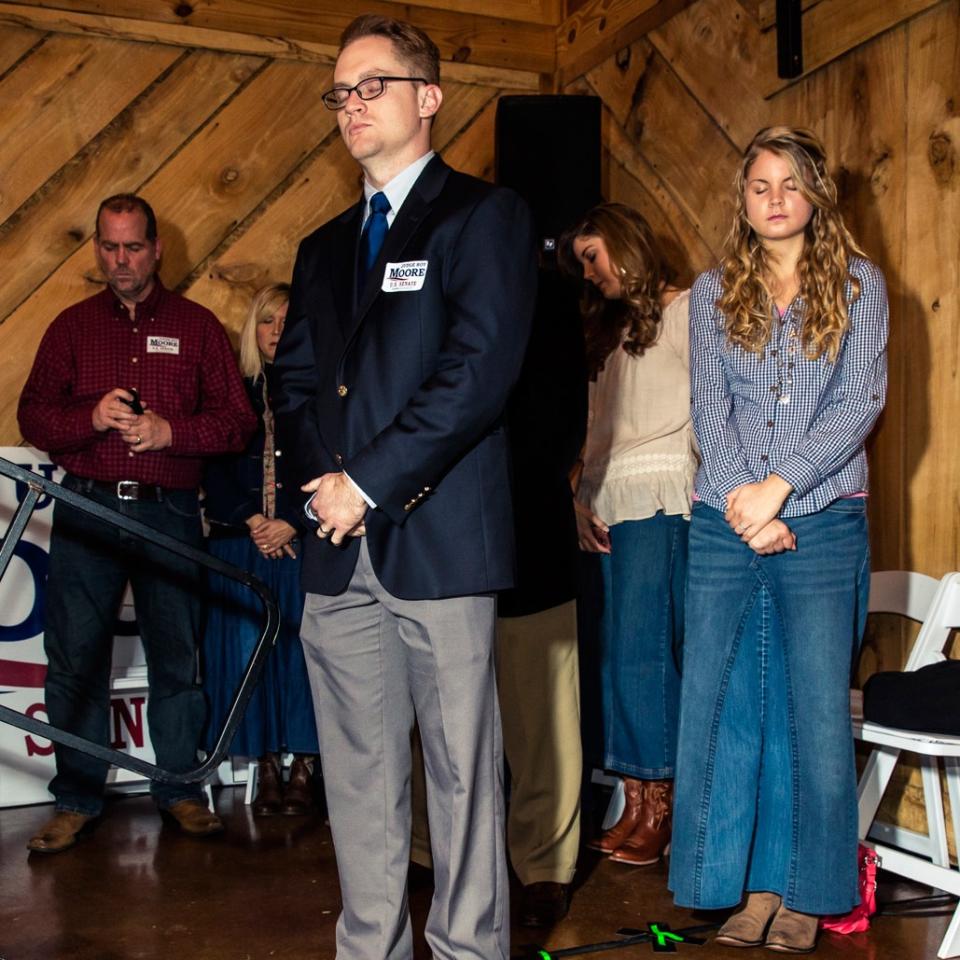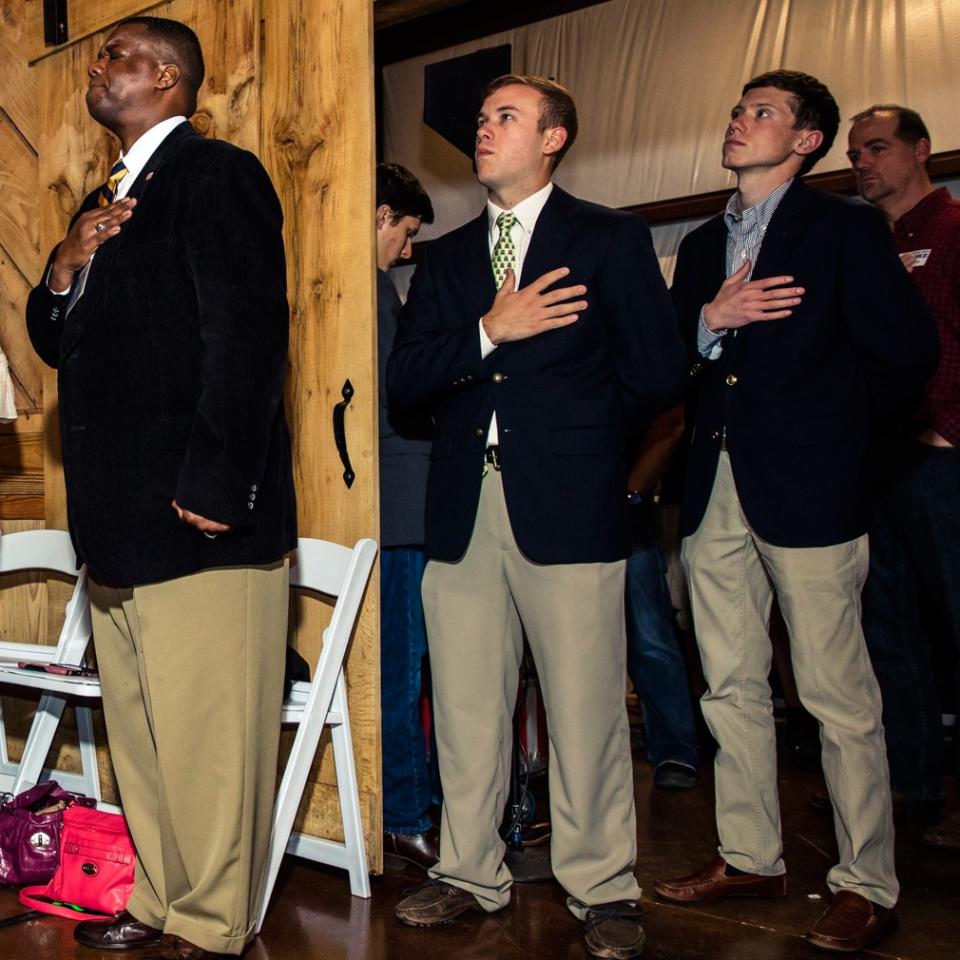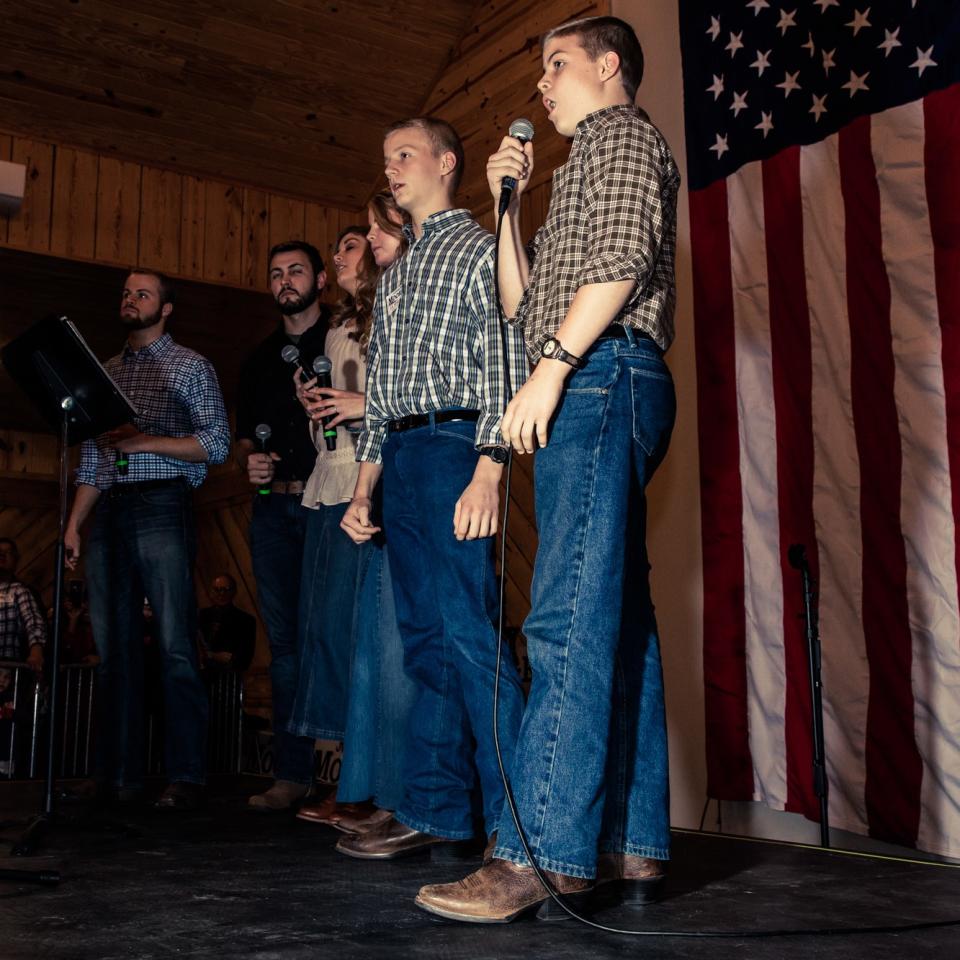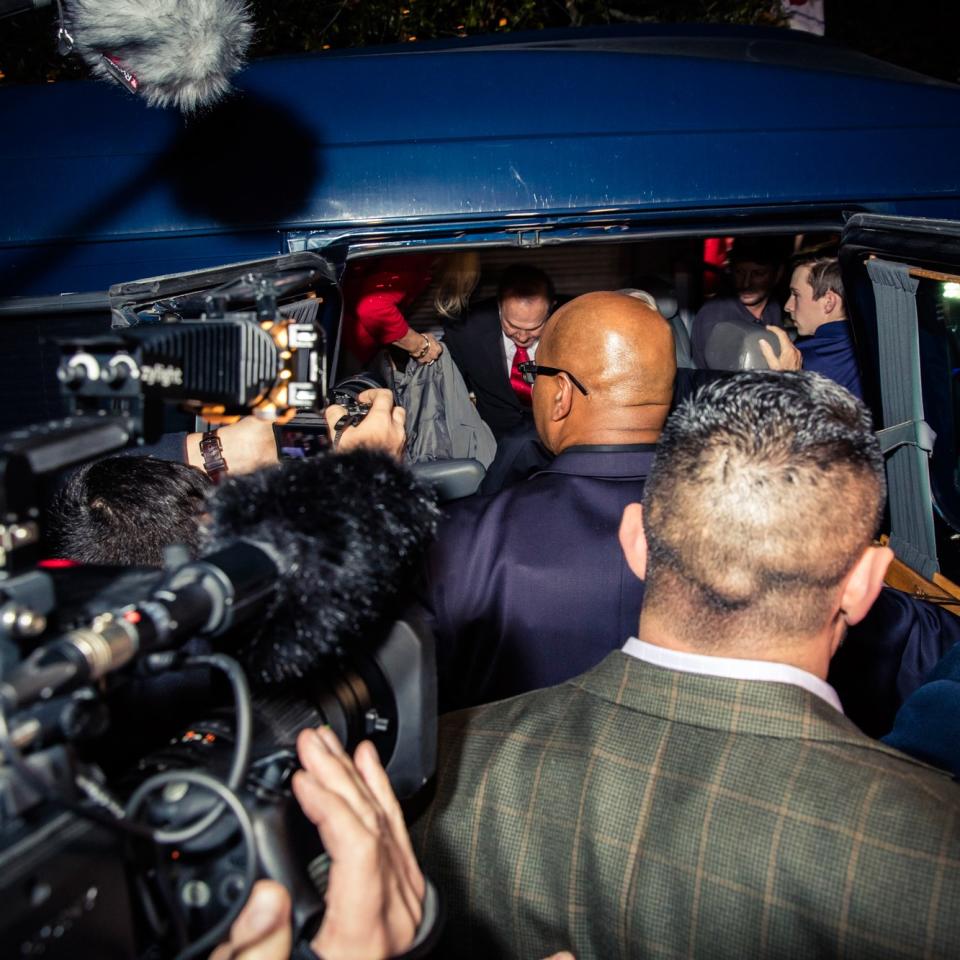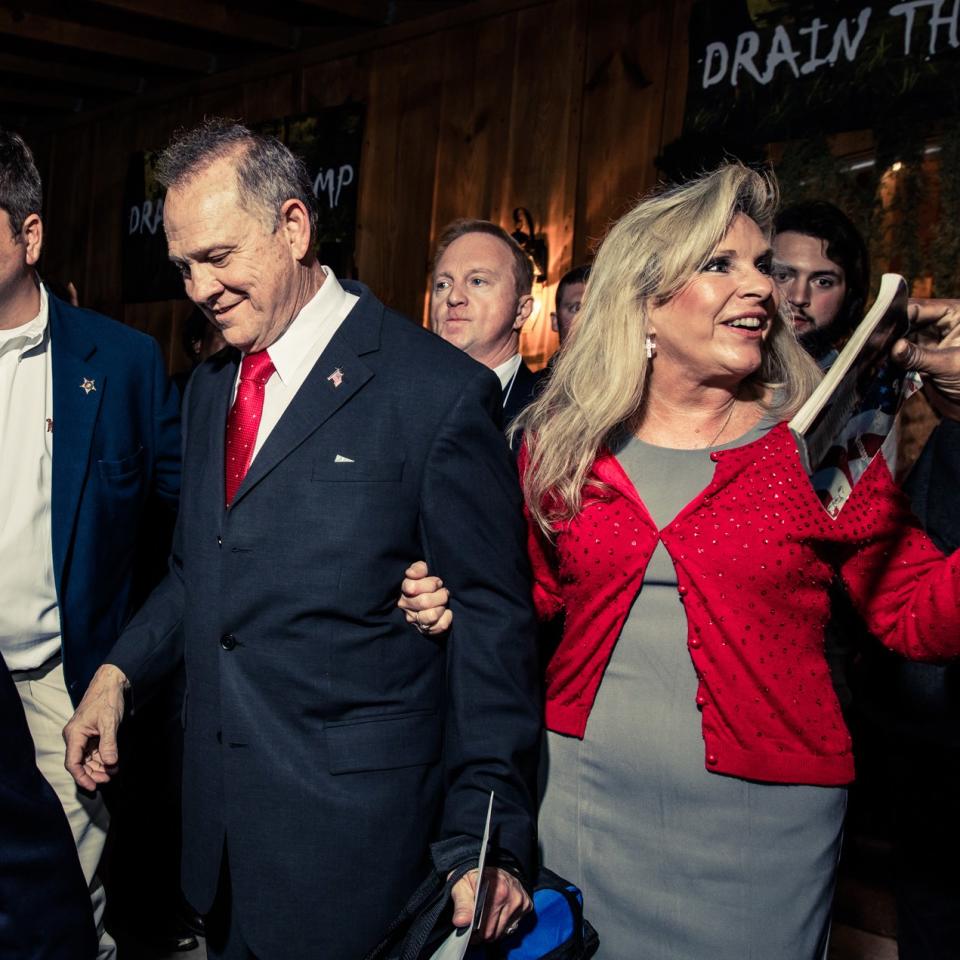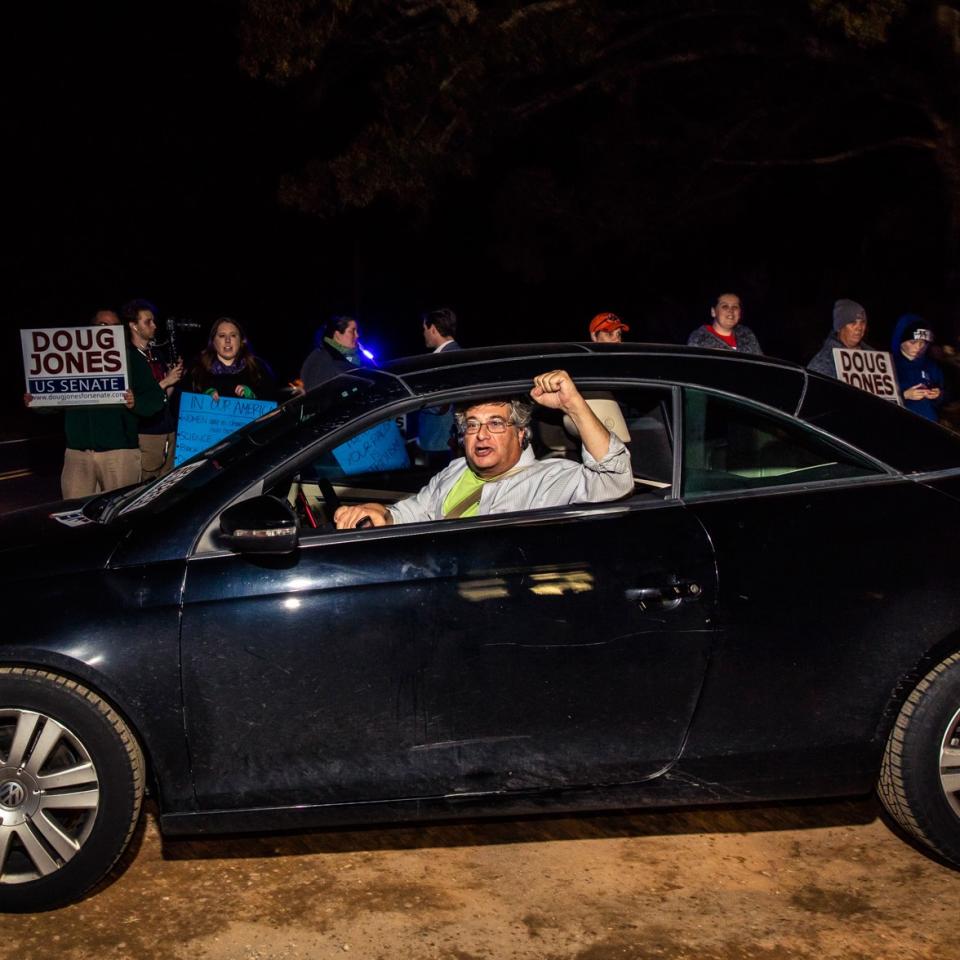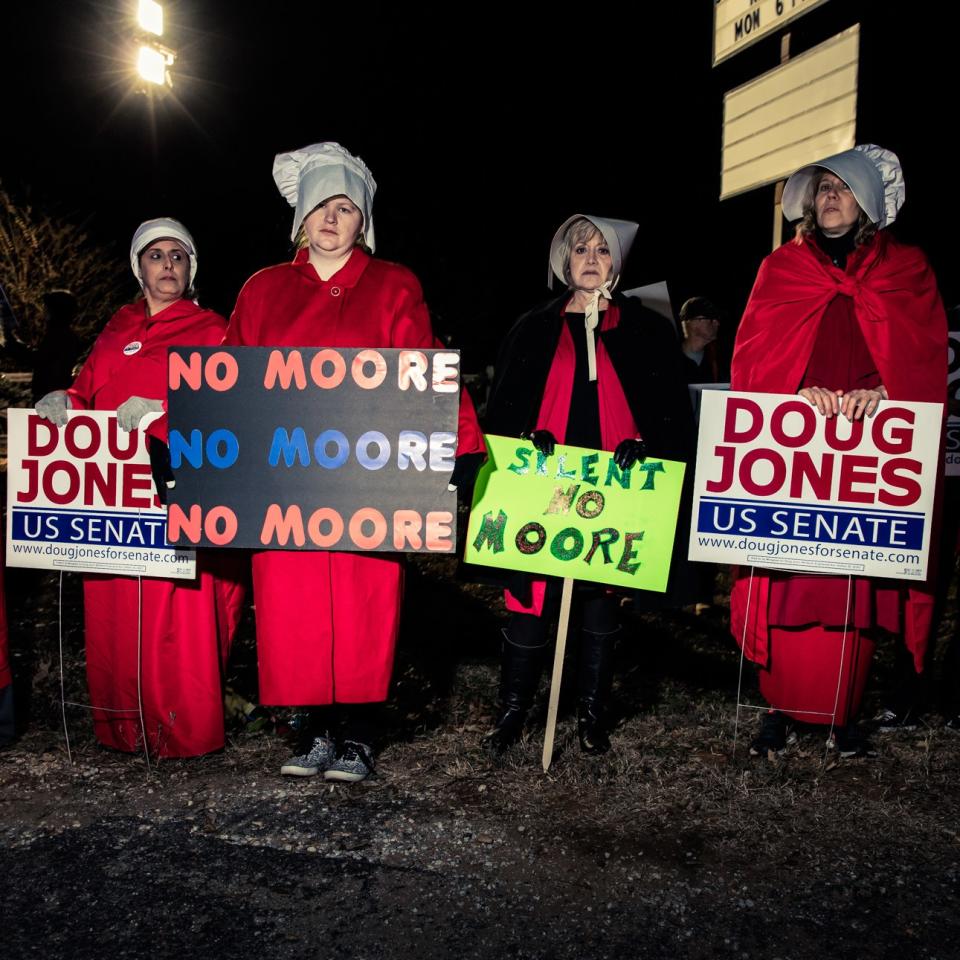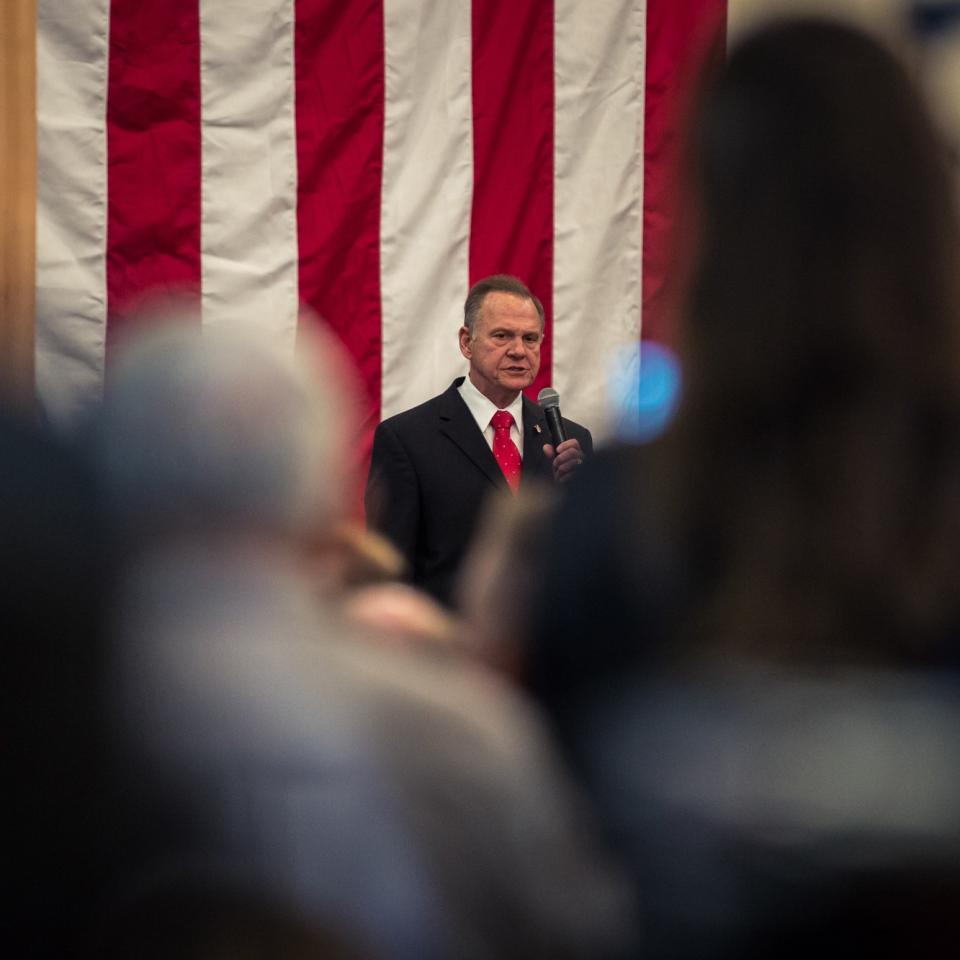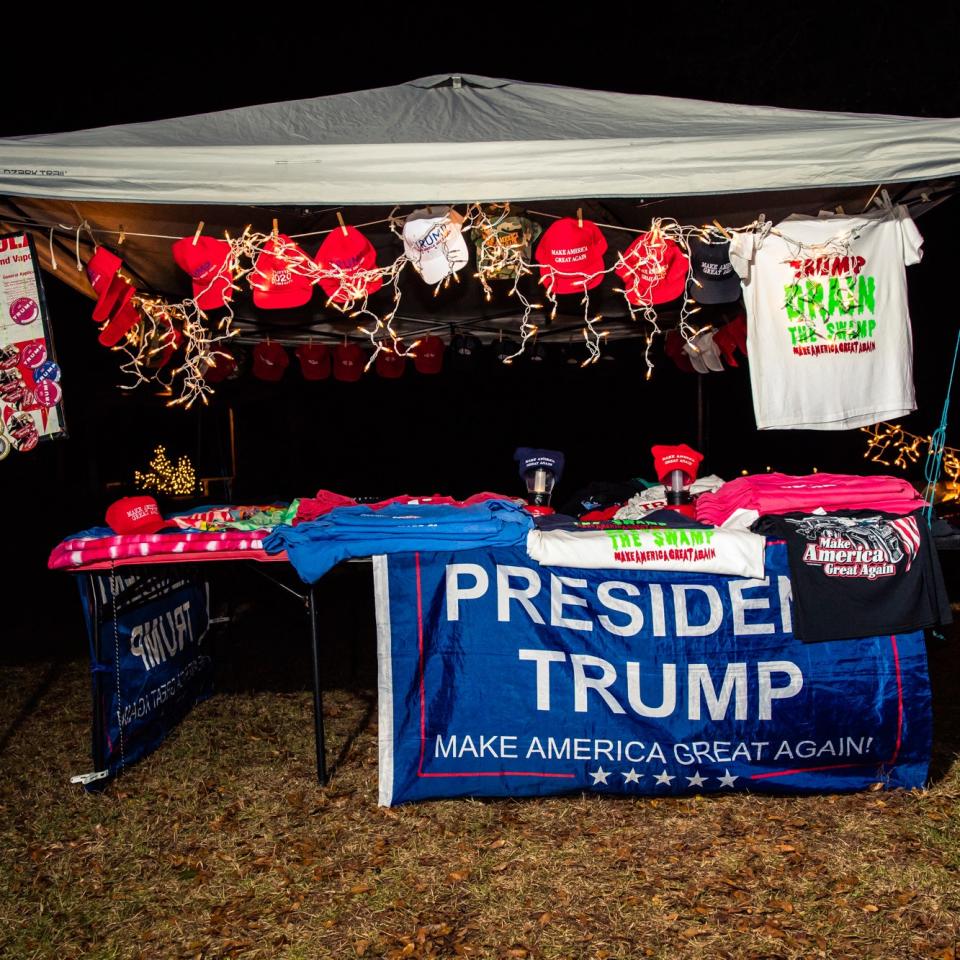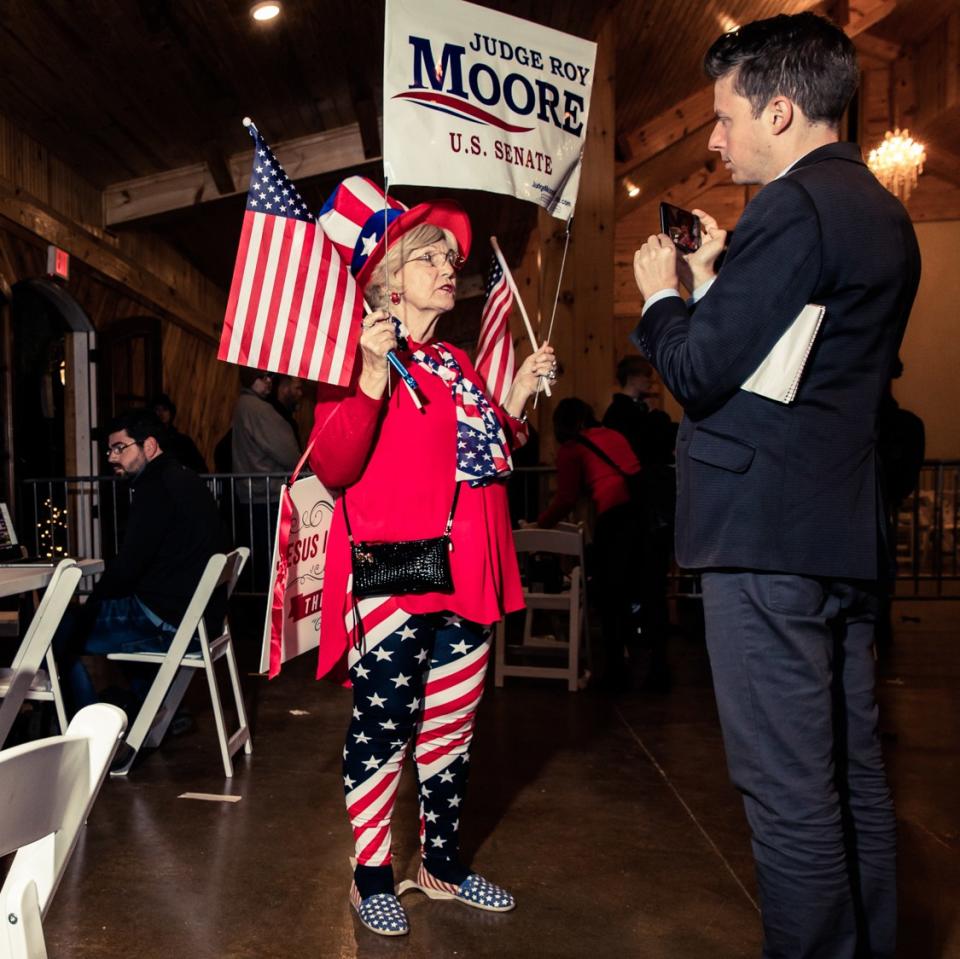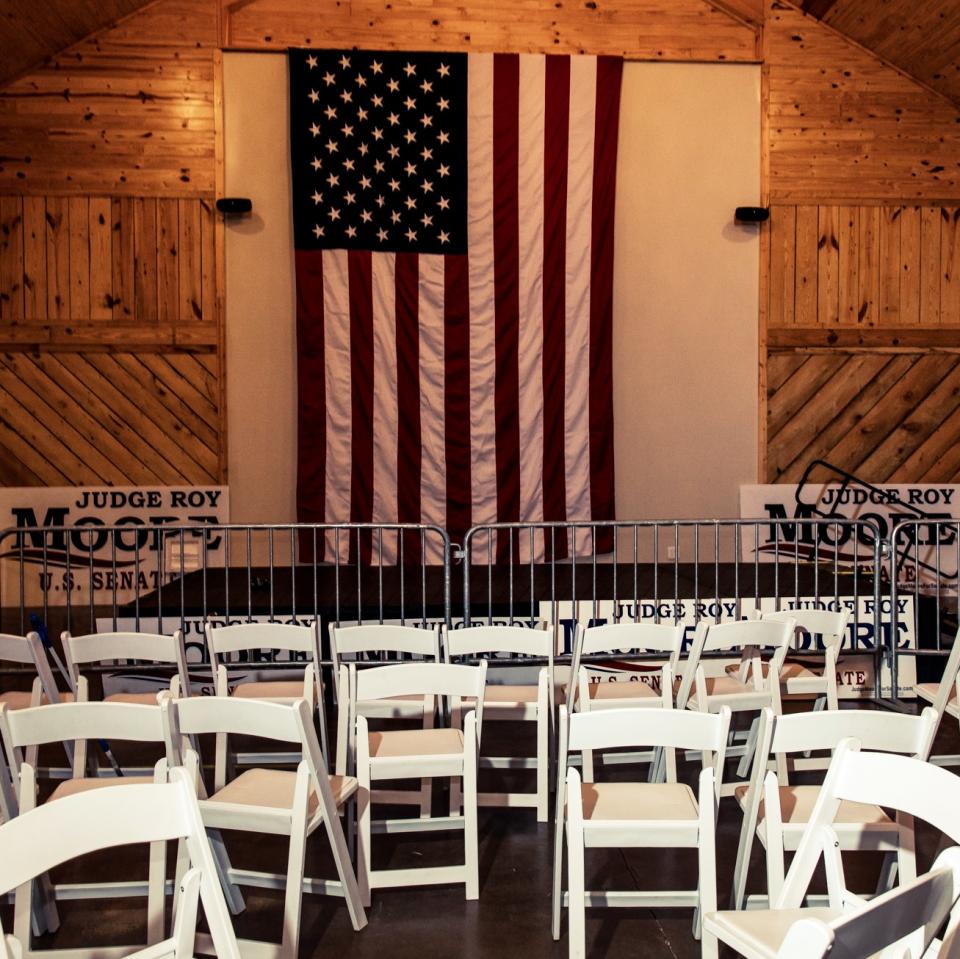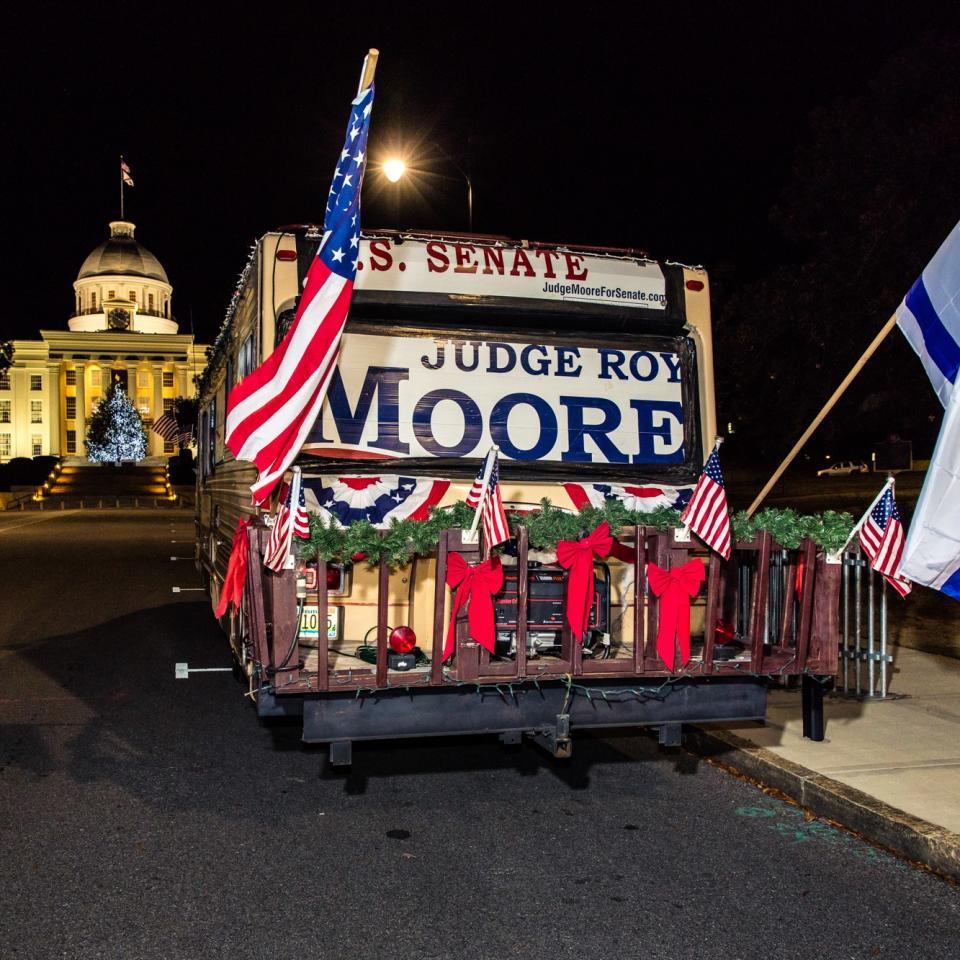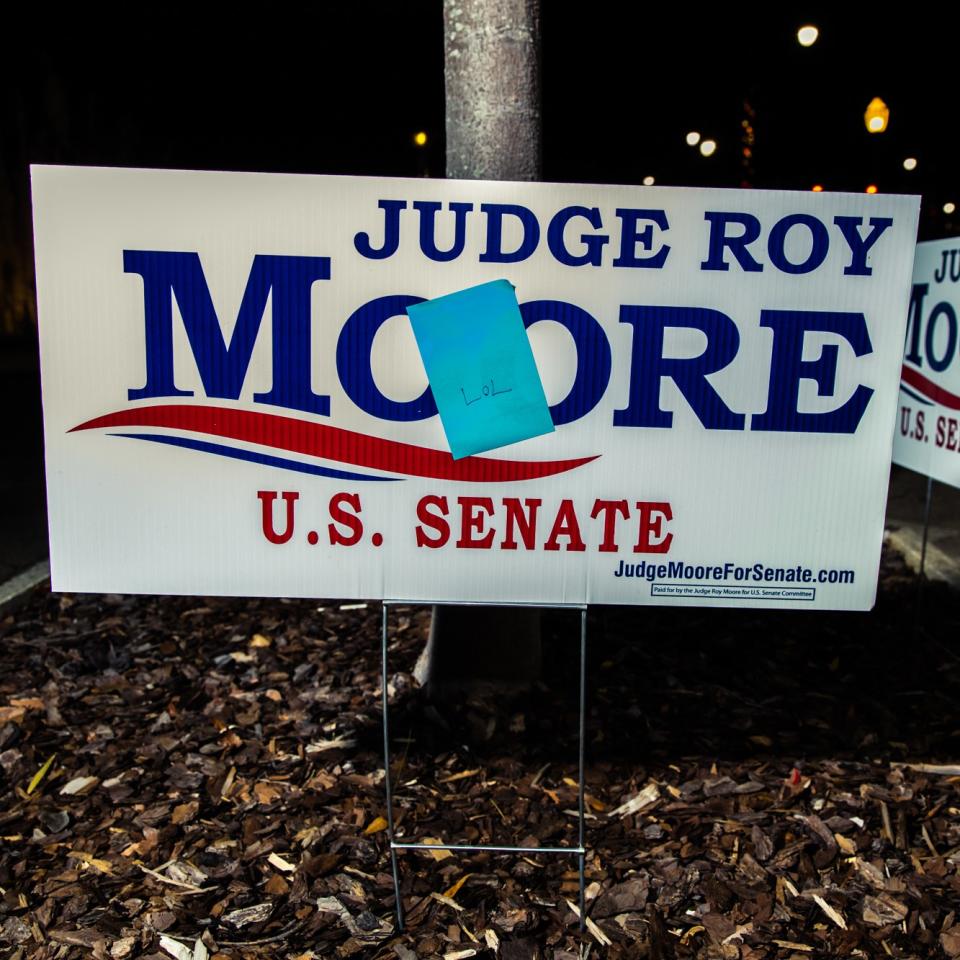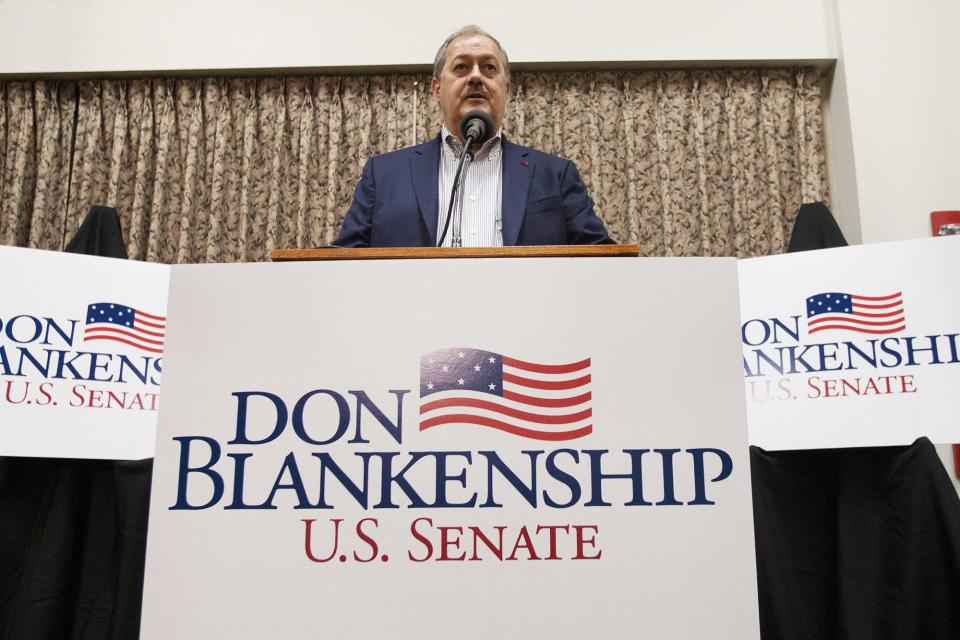Are Republicans Losing Control of Their Own Party?
When Roy Moore became a top contender for the Alabama Senate seat vacated by Jeff Sessions, it was without the help of the Republican party. “Our goal is to nominate people in the primaries next year who can actually win,” Mitch McConnell famously said in a thinly veiled dig at Steve Bannon, who heavily backed Moore in the primary at the expense of McConnell’s chosen candidate. The Senate majority leader’s instincts proved correct: Moore was eventually beaten out by Democrat Doug Jones. But even without a vindictive nationalist backer, outsider candidates emboldened by the Trump era continue to be a thorn in the G.O.P.’s side, further slanting the party’s uphill battle to stay afloat in 2018.
The foremost example lies in the Republican party’s ongoing battle with Don Blankenship, a Republican primary candidate in West Virginia. Blankenship also happens to be the former C.E.O. of a controversial coal-mining company, and recently served a year-long stint in federal prison for his role in the deaths of 29 miners in a 2010 explosion at one of his mines. Just as McConnell’s allies at the Senate Leadership Fund spent millions on ads in an attempt to stamp out Moore, last week the newly formed Mountain Families PAC, which has connections to several G.O.P.-linked firms, began a West Virginia ad run that squarely targets Blankenship. According to Politico, the nearly $700,000 buy focuses on how Blankenship’s company dumped “toxic coal slurry” into drinking water, asking viewers, “Isn’t there enough toxic sludge in Washington?”
The national Republican Party has not taken credit for the ads and, in fact, fiercely debated attacking Blankenship at all, fearing the onslaught would allow him to position himself as a populist anti-Establishmentarian. As expected, Blankenship hit back on Monday, blaming McConnell for attempting to manipulate the race from afar. “McConnell should not be in the U.S. Senate, let alone be the Republican Majority Leader. He is a Swamp captain,” Blankenship said in a statement. “The Russians and McConnell should both stop interfering with elections outside their jurisdictions.” He added that “the media, McConnell, and others also like to spread the rumor that my candidacy is akin to that of Roy Moore. This is nonsense. Roy Moore’s accusers were women and teenage girls . . . my accusers are Barack Obama and Hillary Clinton. I was imprisoned for a misdemeanor based on false charges and a political prosecution.”
Though Donald Trump won West Virginia by some 40 points in 2016, and recent polls have shown Democratic incumbent Joe Manchin trailing a “generic Republican” in midterm elections, Republicans’ fear is that Blankenship is far from “generic,” and that his primary win over more mainstream challengers Evan Jenkins and Patrick Morrisey could lead to a dramatic Moore-style downfall. (Blankenship disagrees; “My dog could beat Joe Manchin this fall,” he recently declared.) And the problem is by no means isolated. In Wisconsin, Paul Nehlen, an anti-Semitic Twitter celebrity, is one of two G.O.P. candidates running in Paul Ryan’s newly open House district, while in Arizona, Martha McSally, a former Air Force pilot and a favorite of the Establishment, is locked in a contentious Senate race against controversial former sheriff Joe Arpaio and chemtrail enthusiast Kelli Ward.
Seemingly the only extremist candidate this strategy has worked for is the president himself, who knocked out over a dozen primary opponents, including those with strong party backing. Yet in Trump’s wake, Republicans have been forced to contend with a wave of political fringe figures who feel emboldened by what they see as burgeoning populist sentiment. These candidates won’t go away and, worse, any effort by the G.O.P. to flatten them lends credence to their cries of “drain the swamp.” If his recent trip to West Virginia is any indicator, however, even Trump has his doubts about their ability to replicate the Trump phenomenon—two weeks ago, when he appeared at a West Virginia rally touting tax reform, Trump invited two Republican Senate primary candidates onstage with him, calling them “very smart representatives” of the state and wishing them both “good luck” in the race. Blankenship had not been invited to the event.
Faith and Loathing in Alabama: Inside Roy Moore’s Wild Last Stand
